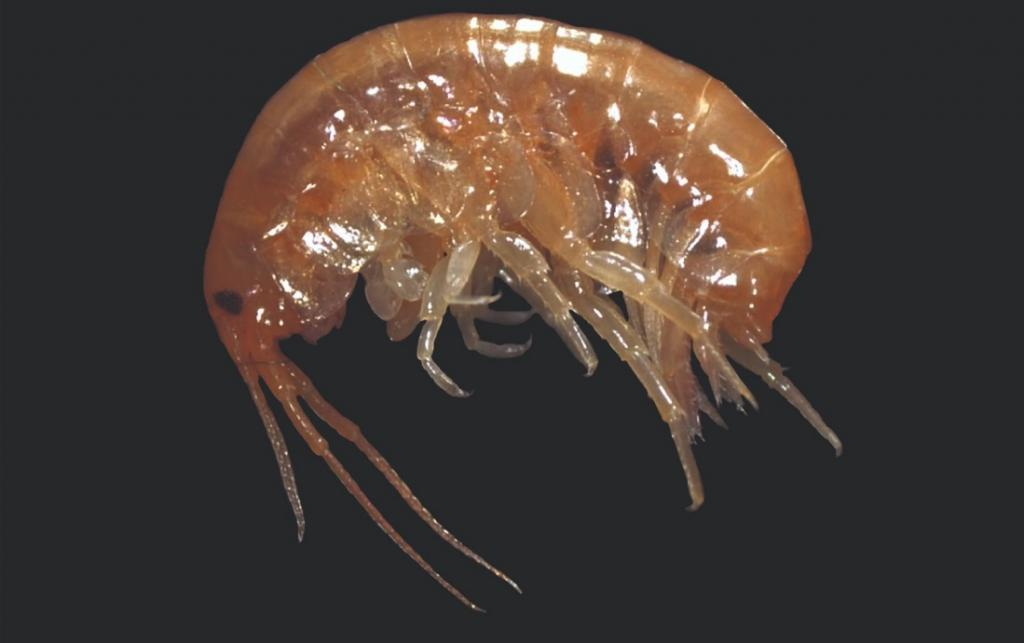Parhyale Odian | 27 Feb 2024
Why in News?
Researchers from Odisha’s Berhampur University discovered a new species of marine amphipod in Chilika Lake. It has been named Parhyale Odian after Odisha’s native language, Odia.
What are Amphipods?
- Amphipods are a diverse group of malacostracan crustaceans, meaning they share some features with crabs, lobsters, and shrimp.
- They have a laterally compressed body, meaning they are flattened from side to side, and a curved body shape.
- The whale lice found on the bodies of whales and dolphins are actually a type of amphipod.
- Amphipods, including those of the genus Parhyale, play a vital role in the marine ecosystem.
- They contribute to the marine food chain and serve as indicators for studying the impact of climate change and the health of coastal ecosystems.
- In 2023, researchers discovered three new marine amphipods: Quadrivisio chilikensis and Demaorchestia alanensis in Chilika Lake and Talorchestia buensis on the West Bengal coast.
What are the Characteristics of Genus Parhyale and Parhyale Odian?
- Genus Parhyale:
- The genus Parhyale, first reported in 1899 from the Virgin Islands (US), comprises 15 species globally.
- The present contribution has added one more species to the genus Parhyale, raising the global species number in the group to 16.
- These amphipods inhabit both marine and brackish water environments.
- They are cosmopolitan, found in intertidal and littoral environments across tropical and warm temperate regions.
- They are commonly found underneath stones with attached vegetation or in the burrows of isopods.
- The genus Parhyale, first reported in 1899 from the Virgin Islands (US), comprises 15 species globally.
- Parhyale Odian:
- It is a shrimp-like crustacean of the genus Parhyale.
- It is brown in colour, approximately 8 millimetres in length, and possesses 13 pairs of legs.
- The first pair of legs is specialized for capturing prey and feeding.
- Unlike the other 15 known species in the genus, Parhyale Odian stands out due to a stout robust seta- a spine-like structure on the surface of the male gnathopod (first pair of legs).
Note: Chilika Lake is the largest brackish water lagoon in Asia and the second-largest coastal lagoon in the world.
- It is located on the east coast of India, at the mouth of the Daya River, which flows into the Bay of Bengal.
- Due to its rich biological diversity, Lake Chilika was the first Indian wetland of international importance to be designated under the Ramsar Convention in 1981.
- The unusual hydrological diversity gives Lake Chilika the characteristics of a lake, estuary and lagoon.
UPSC Civil Services Examination, Previous Year Question:
Q. Which one of the following is the correct sequence of a food chain? (2014)
(a) Diatoms-Crustaceans-Herrings
(b) Crustaceans-Diatoms-Herrings
(c) Diatoms-Herrings-Crustaceans
(d) Crustaceans-Herrings-Diatomsol
Ans: (a)

